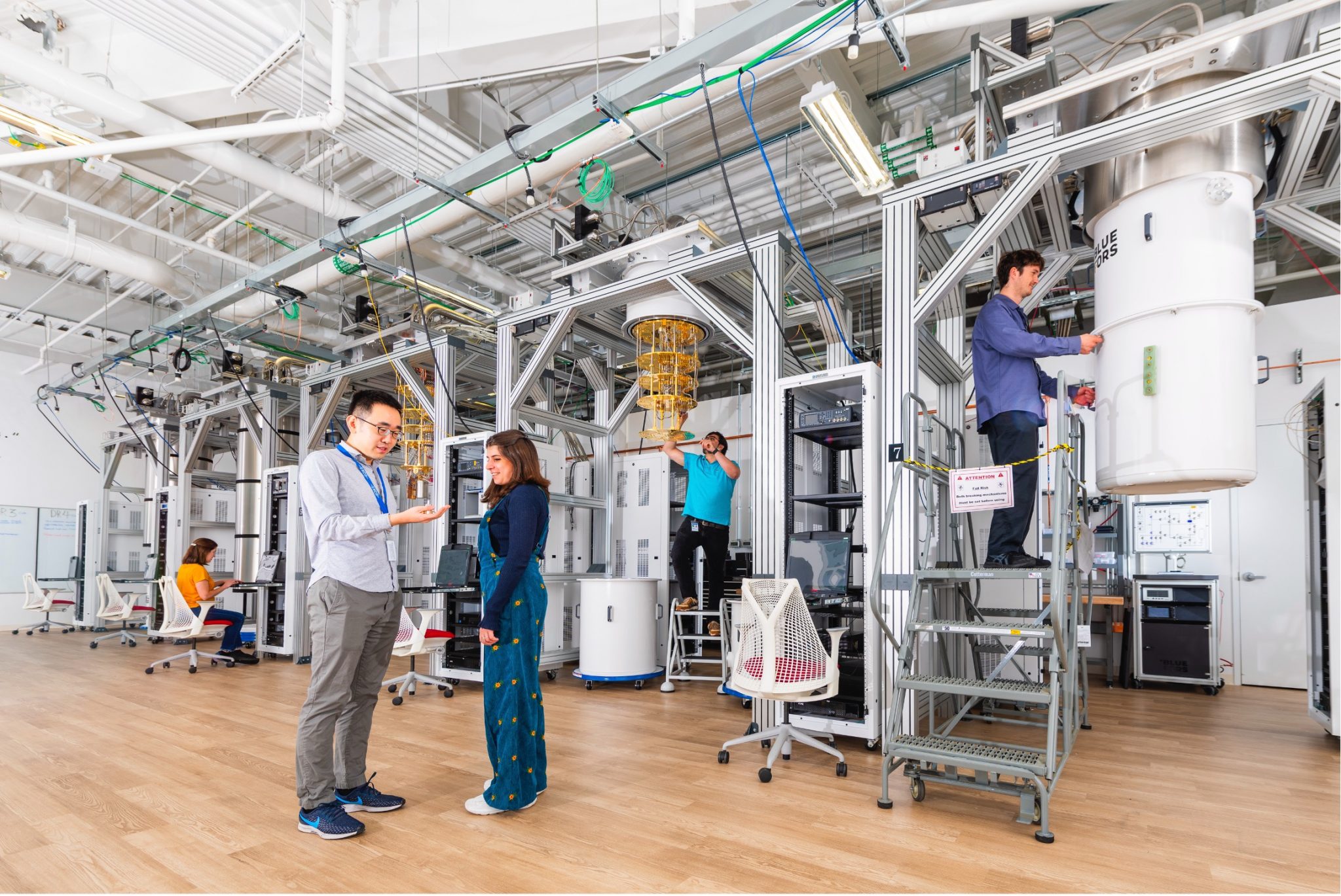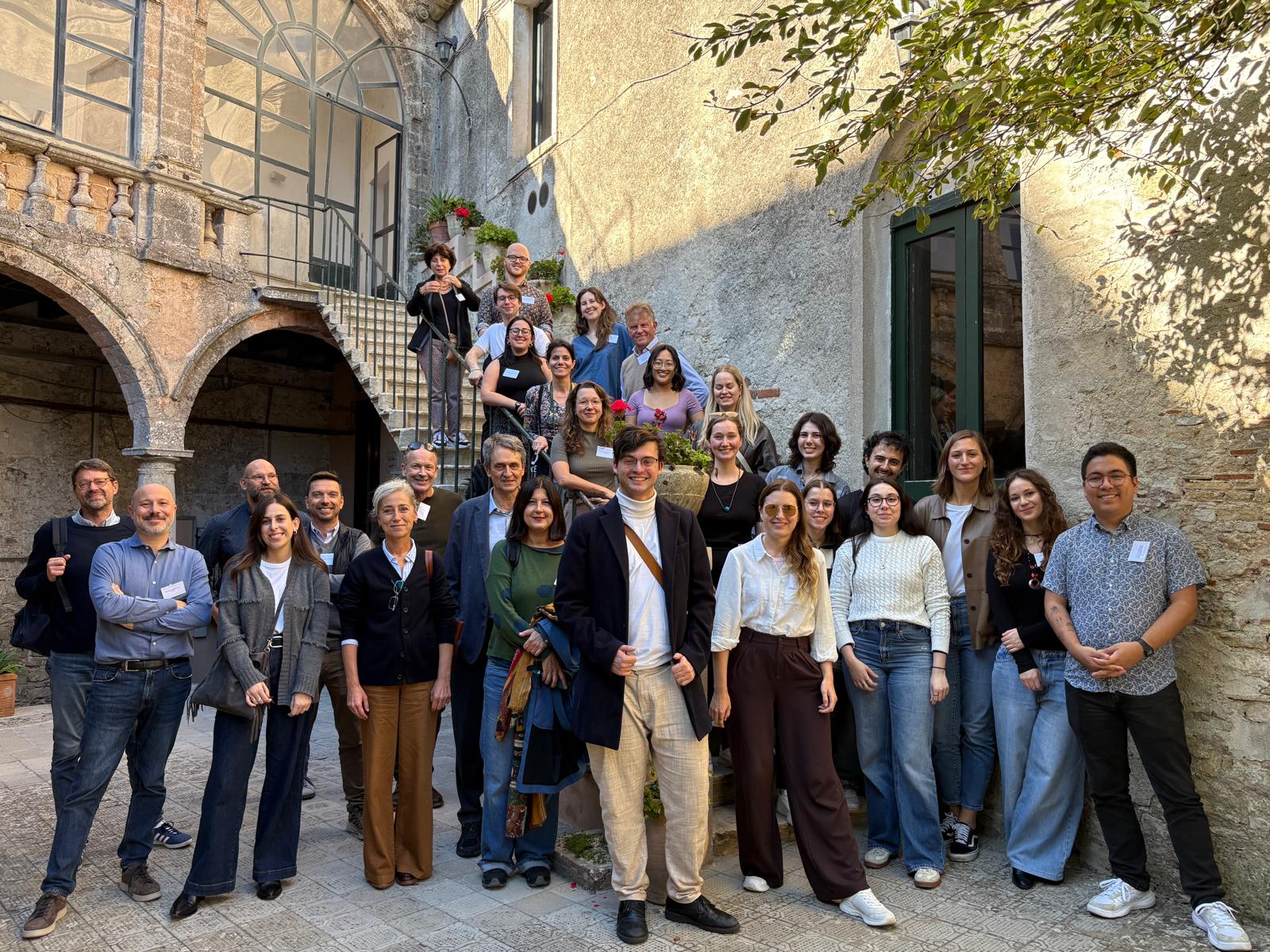
The flight of the Vega C, the new-generation, light launcher of the European Space Agency, took off with success on 13 July at 3:13 p.m. (Italy time) from the Kourou spaceport in French Guyana. It marks the beginning of the LARES-2 mission (LAser RElativity Satellite 2), the main tool on board the European rocket, which has reached its operational orbit, positioned at approximately 6,000 km from Earth, one hour and 24 minutes from its launch. The product of an Italian collaboration coordinated by the ASI (Italian Space Agency) and led by the Centro Fermi and by the Sapienza University of Rome, the satellite will rely on technology wholly developed by INFN, responsible for the creation and qualification of the satellite. The goals on which LARES-2 will concentrate in the next few years will be the experimental verification of some relativistic effects predicted by Einstein’s theory and making accurate measurements of space geodesy, including the metrological definition of the position of the Earth’s centre of mass.
Thanks to its characteristics, LARES-2, consisting of a high-density nickel sphere (424 mm in diameter and 300 kg in mass) equipped with 303 CCR (Cube Corner Retroreflectors), will represent a perfect reflecting target for the laser beams sent by the International Laser Ranging Service (ILRS) stations, which will hit the satellite during its orbit around the planet. Retro-reflective ray detection, carried out by the emission centres themselves, including the ASI Observatory (Matera Laser Ranging Observatory), will enable extremely precise measurements of the position of LARES-2 and an understanding of how this is influenced by the gravitational field and the Earth’s rotation.
The implementation of a perfectly balanced, high density spherical structure equipped with special mirrors able to retro-reflect the incident laser beams represented crucial tasks for the future and proper functioning of LARES-2. And INFN, through the SCF_Lab of the Frascati National Laboratories and the Padua Division, was entirely responsible for their completion.





